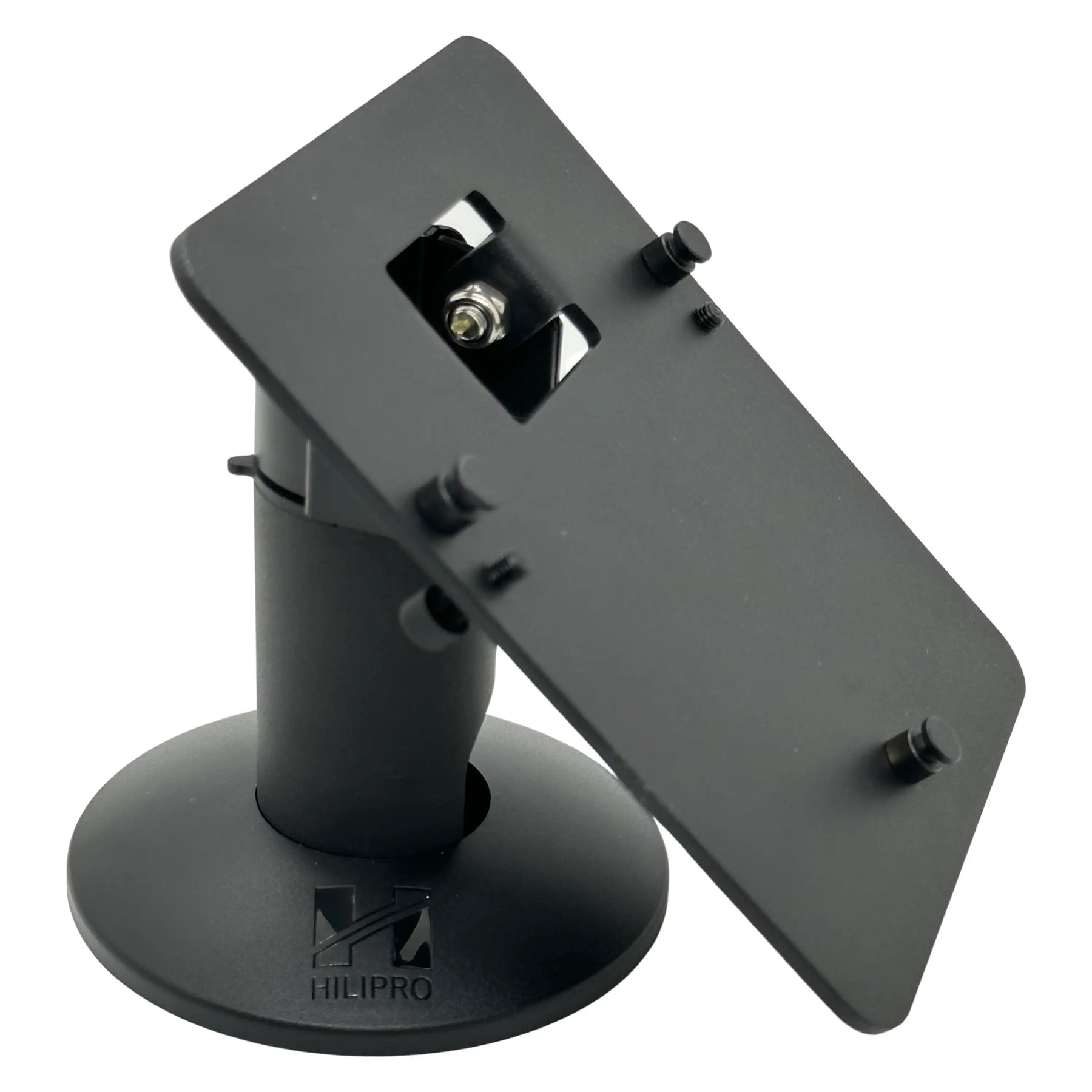
The Role of POS Stands in the Omnichannel Retail Experience
In today’s retail landscape, the lines between online and offline shopping are increasingly blurred. Consumers expect a seamless experience, whether they are shopping from their smartphones, picking up in-store, or browsing in a physical location. To meet these expectations, retailers must invest in omnichannel solutions that unify their operations across multiple platforms. One often overlooked, yet vital component of this experience is the Point of Sale (POS) stand.
Here’s how POS stands play a crucial role in enhancing the omnichannel retail experience:
1. Streamlined In-Store Transactions
In an omnichannel environment, customers demand faster, more efficient checkout processes. POS stands that integrate with modern systems, including mobile and contactless payment options, allow for quicker transactions. Swivel stands enable customers to easily interact with the payment terminal, making self-checkout or card payments faster and more convenient. This not only enhances the in-store experience but also shortens wait times, improving overall customer satisfaction.
2. Supporting Click-and-Collect Services
One of the key features of an omnichannel strategy is the click-and-collect (buy online, pick up in-store) service. POS stands equipped with mobile compatibility and tablet mounts empower staff to seamlessly manage these orders, offering customers a quick, efficient way to pick up their items. For retailers, this integration creates a unified system for inventory and sales management, reducing errors and improving operational efficiency.
3. Integration with Loyalty Programs
A major component of the omnichannel experience is personalized customer engagement, often powered by loyalty programs. POS stands that support loyalty card readers, barcode scanners, and NFC-enabled payment methods allow retailers to effortlessly integrate loyalty systems into their checkout process. This encourages customers to use their rewards and points during in-store purchases, linking their online and offline shopping behaviors for a more personalized experience.
4. Mobile POS for Enhanced Flexibility
Many retailers are adopting mobile POS (mPOS) systems to meet the needs of a more flexible retail environment. Stands that accommodate tablet-based POS systems are becoming essential for businesses that want to serve customers on the go, whether at a pop-up shop, outdoor market, or even a busy retail floor. Mobile POS stands allow sales associates to check out customers from anywhere in the store, avoiding long queues at fixed registers and delivering an exceptional, omnichannel experience.
5. Unified Data and Inventory Management
POS stands that integrate with cloud-based POS systems allow retailers to access real-time data across all channels. Whether a customer is purchasing online or in-store, the data is unified, ensuring accurate inventory tracking and consistent pricing. Stands with cable management options and built-in connectivity features help create a cleaner, more organized checkout area, reducing potential errors in handling multiple devices.
6. Customizable for Branding and Aesthetics
Omnichannel isn’t just about technology—it’s also about creating a cohesive brand experience. Many POS stands today are highly customizable, allowing retailers to align the aesthetic of their in-store experience with their online presence. Branded stands, along with sleek, modern designs, help create an engaging, visually consistent shopping environment that reinforces the brand identity across all touchpoints.
7. Enhanced Customer Support
A POS stand that integrates with multiple systems can also enable staff to provide better customer support. If a customer has an issue with an online order, staff can quickly access their account and purchase history via a unified POS system. This level of integration enables more personalized service, whether the customer is returning an item or needing assistance with a previous order.
Conclusion
In an omnichannel retail environment, POS stands are no longer just functional fixtures—they are integral to delivering a seamless and efficient customer experience. From mobile flexibility to loyalty program integration and inventory management, the right POS stand supports a cohesive shopping journey across all platforms. As retail continues to evolve, businesses that prioritize the role of POS stands in their omnichannel strategy will be better positioned to meet customer expectations and thrive in a competitive market.
